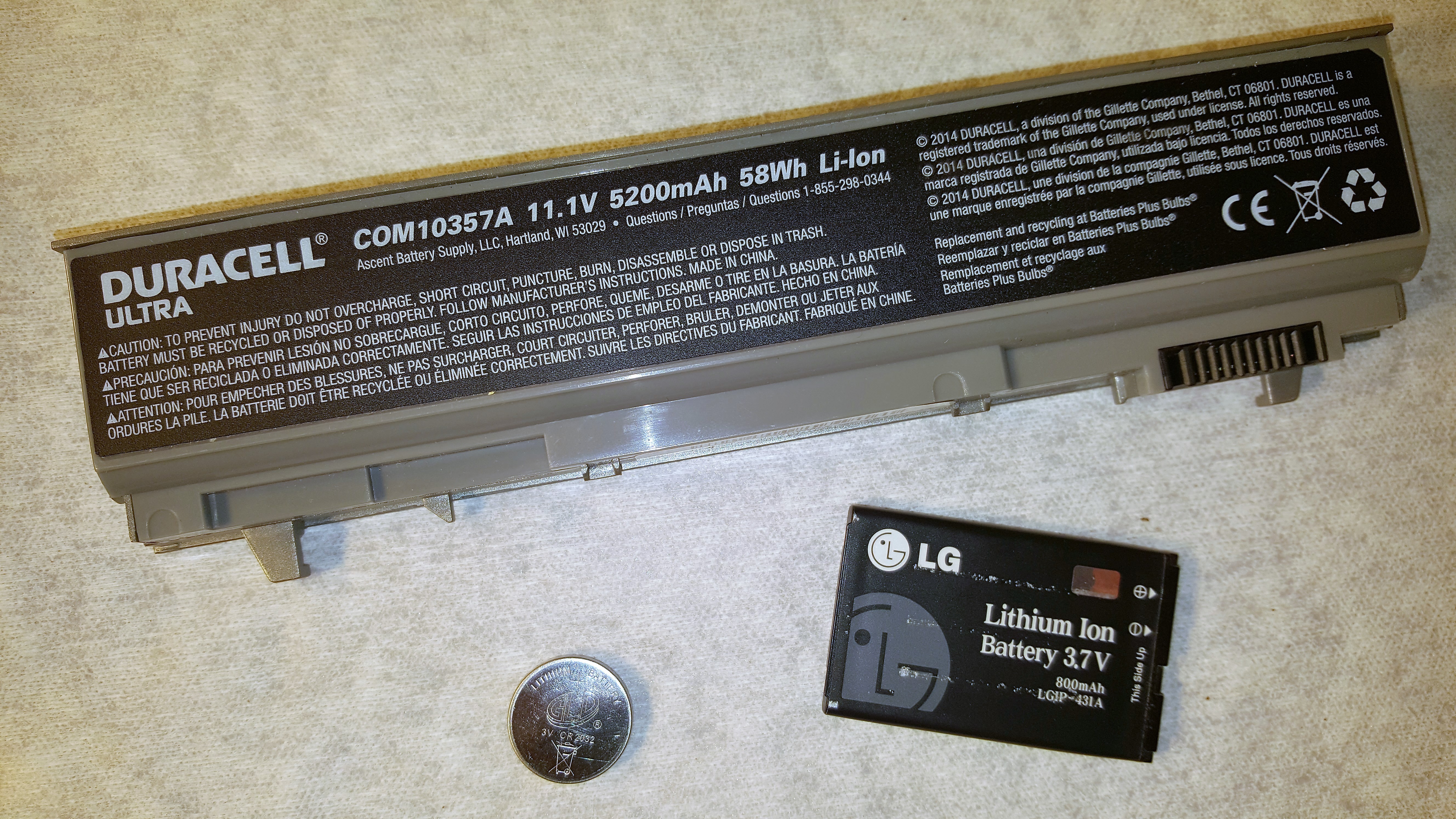From the Federal Register / Vol. 84, No. 44 / Wednesday, March 6, 2019:
Lithium ion batteries contain both a chemical and an electrical hazard. This combination of hazards creates a unique challenge when lithium ion batteries are to be transported by air. Though still containing a hazard and still subject to regulation, a lithium metal battery does not present the same challenges as does a lithium ion battery.
Note: There are three types of batteries subject to regulations in transport: · Lithium ion (includes ion polymer) · Lithium metal (includes lithium alloy) · Lithium hybrid (contains both lithium metal and lithium ion cells) |
While there are several possible initiating factors that may cause a lithium ion battery to be the cause of a HazMat incident, multiple independent studies have shown that, independent of the initiating factor, reducing the state of charge measurably reduces both the likelihood and consequence of an incident involving lithium ion batteries. Most significantly, lowering the state of charge reduces or eliminates the ability of a cell within a lithium ion battery to experience thermal runaway and the potential for propagation.
Specifically, reducing the state of charge of a lithium ion cell or battery:
- Decreases the likelihood of thermal runaway.
- Decrease or eliminates the potential for thermal runaway to spread to adjacent cells or batteries.
- Increases the cell’s ability to tolerate a short circuit and significantly reduces the maximum temperature achieved at the point of shorting.
- Reduces the quantities of gases released if thermal runaway occurs.
- Reduces the magnitude of the heating rate if thermal runaway occurs.
Contact me with any questions you may have about the transportation of hazardous materials by air, highway, vessel, or rail International and Domestic Daniels Training Services, Inc. 815.821.1550 |
So, “Why did USDOT/PHMSA recently (effective 03.06.19) join the International Civil Aviation Administration (ICAO) and the International Air Transport Association (IATA) in prohibiting the transport by cargo air of a lithium ion cell or battery – packed alone, not with or in the equipment it is meant to power – unless the battery is reduced to a state of charge of no more than thirty percent (30%) of its rated capacity?” Because a battery at this charge poses less risk of causing a HazMat incident in transportation.

